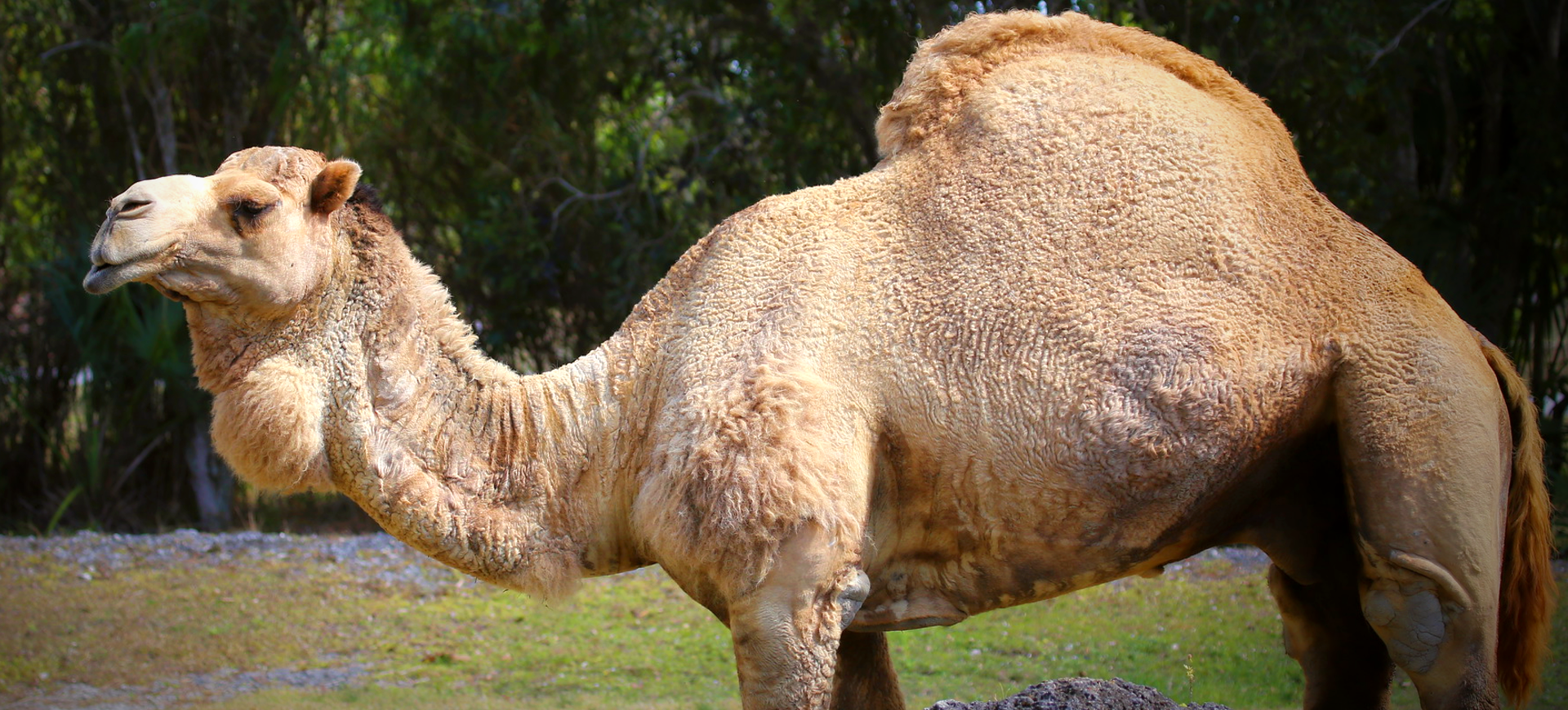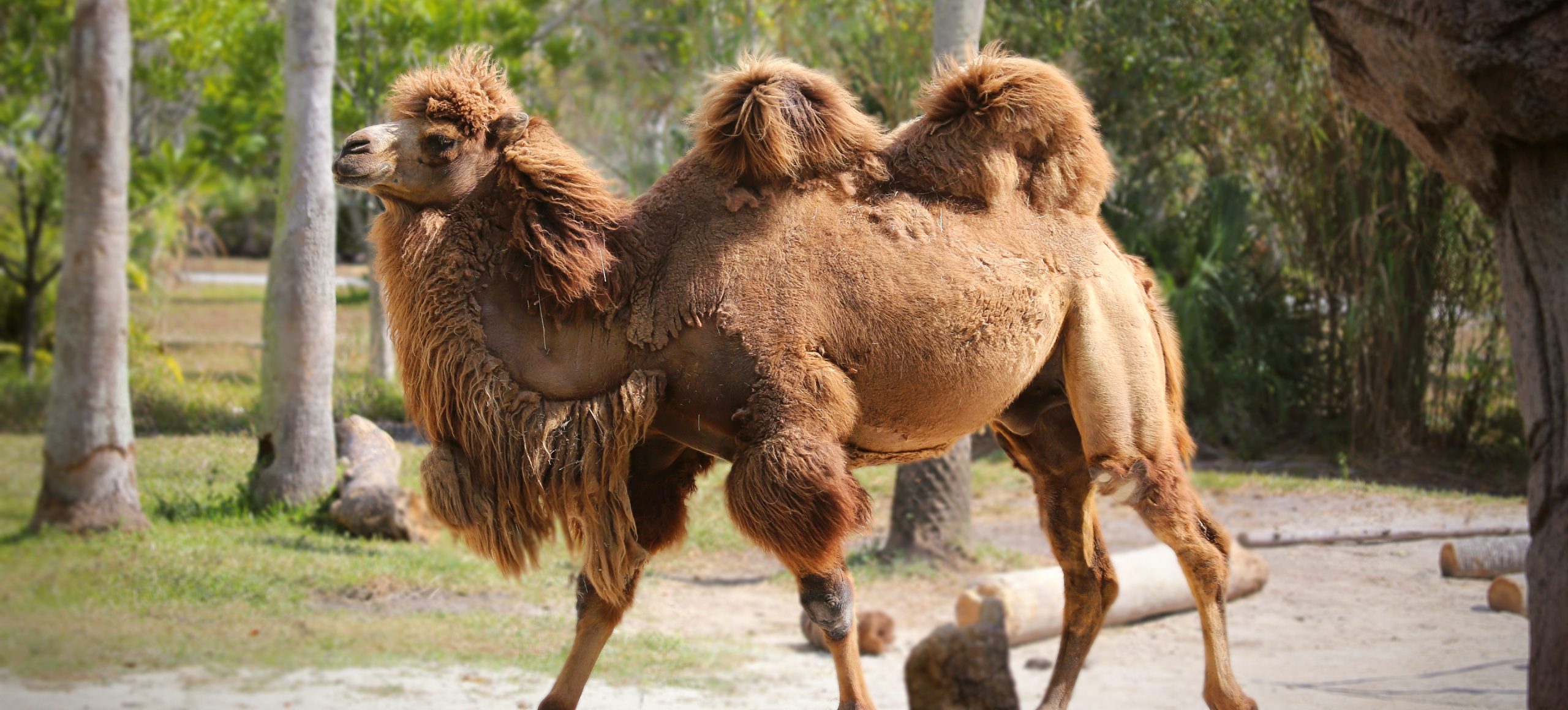Overview
Guanacos are native South American camelids closely related to llamas and alpacas. They are known for their agility and resilience in harsh environments, thriving in various habitats ranging from the Andes mountains to arid deserts. Guanacos are distinguished by their slender build, long legs, and a neck that supports a small, camel-like head. Their wool is finer and softer than llamas, making it highly valuable.
These animals are well-adapted to high altitudes and can efficiently absorb oxygen in thin air. This adaptation allows them to inhabit mountainous regions up to 13,000 feet. Guanacos are herbivores, primarily feeding on grasses. Their unique digestive system maximizes nutrient extraction, crucial for survival in nutrient-poor environments.
Socially, guanacos live in family groups led by a dominant male. These groups usually consist of females, their young, and a single adult male. They communicate through vocalizations and body language, including neck posturing and ear positions. During the mating season, males become highly territorial and competitive, engaging in ritualized combat displays.
Taxonomy
Kingdom
Phylum
Class
Order
Family
Genus
Species
Sub Species
Type
Physical Description:
The guanaco boasts a slender, elegant frame covered in a thick, soft coat ranging from light brown to reddish-brown, with a white underbelly and grey face. This coloration provides excellent camouflage in their natural habitat. Adult guanacos stand about 3.5 to 4 feet at the shoulder and have a long neck and legs, with a small head topped with pointed ears.
Despite their delicate appearance, guanacos are robust animals capable of surviving in extreme weather conditions. Their coat thickens in winter to provide insulation against cold, while the unique structure of their red blood cells allows for efficient oxygen transportation at high altitudes. They are also swift runners, capable of reaching speeds up to 35 mph (56 km/h) to escape predators.

Lifespan: Wild: ~20 Years || Captivity: ~30 Years

Weight: Male: 200-300 lbs (90-135 kg) || Female: 180-210 lbs (82-95 kg)

Length: Male: 50-65 inches (127-165 cm) || Female: 48-60 inches (122-152 cm)

Height: Male: 46-48 inches (117-122 cm) || Female: 42-45 inches (107-115 cm)

Top Speed: 35 mph (56 km/h)
Characteristic:
Native Habitat:
Guanacos are native to South America and predominantly found in the Andean regions. Their habitat ranges from Peru down through Bolivia, Chile, and Argentina. They inhabit various landscapes, including mountainous regions, arid plains, and Patagonian steppes. Adaptability to different environments is a key survival trait for guanacos, allowing them to thrive in areas with extreme temperatures and varying altitudes.
Their preference for open spaces and grasslands makes them integral to their ecosystems. Guanacos play a crucial role in shaping vegetation patterns and supporting biodiversity. They contribute to seed dispersal and create habitats for other species by grazing.
Biomes:
Biogeographical Realms:
Continents:
Diet:
Diet & Feeding Habits:
Guanacos are specialized herbivores feeding on grasses, shrubs, lichens, and cacti. Their diet varies depending on the season and availability of food sources. They may travel great distances in the harsh winter to find suitable grazing areas. Guanacos possess a unique stomach, divided into three chambers, which allows them to ferment and efficiently digest tough plant material.
These animals are known for their selective feeding behavior, nibbling on the most nutritious parts of plants. This selective grazing helps maintain the health and diversity of their habitats. Guanacos also exhibit’ rumination’ behavior, regurgitating and re-chewing their food, enabling better digestion and nutrient absorption.
Mating Behavior:
Mating Description:
The guanaco’s mating system is characterized by polygyny, where a dominant male mates with several females within his territory. Males establish territories and attract females through displays of strength and vocalizations. They engage in ritualistic fights with other males, using their necks and legs as weapons.
Breeding season for guanacos typically occurs from November to February. During this period, males become more aggressive, guarding their females against rival males. Females give birth to a single offspring, known as a ‘chulengo,’ after a gestation period of about 11 months.
Reproduction Season:
Birth Type:
Pregnancy Duration:
Female Name:
Male Name:
Baby Name:
Social Structure Description:
Guanacos exhibit a complex social structure, typically forming two types of groups: family and bachelor groups. Family groups consist of a dominant male, several females, and their young. The dominant male defends his territory and group from rivals, maintaining a strict hierarchy.
Bachelor groups are composed of young and non-dominant adult males. These groups serve as a social learning environment for young males, where they practice behaviors necessary for survival and reproduction. Social interactions within these groups are crucial for developing skills needed to establish and defend territories in the future.
Groups:
Conservation Status:
Population Trend:
Guanaco populations are currently stable but face habitat loss and hunting threats. They are essential for ecosystem dynamics in their native habitats, often acting as indicator species for environmental health. Population densities vary across their range, with some areas declining due to overgrazing by livestock and competition for resources.
Conservation efforts are focused on habitat preservation and sustainable management practices. Understanding the ecological role of guanacos in their native environments is crucial for developing effective conservation strategies. Research on population dynamics and habitat requirements is ongoing to ensure their long-term survival.
Population Threats:
The primary threats to guanaco populations include habitat loss, fragmentation, and competition with livestock for grazing areas. In some regions, illegal hunting for their valuable fur and meat poses a significant risk. Climate change impacts, such as changes in vegetation patterns and water availability, are emerging concerns.
Conservation efforts aim to mitigate these threats through habitat protection, sustainable land-use practices, and community engagement. Educating local communities about the importance of guanacos in their ecosystems is key to reducing human-wildlife conflicts and promoting coexistence.
Conservation Efforts:
Conservation initiatives for guanacos focus on habitat protection, sustainable management of natural resources, and community involvement. Protected areas play a crucial role in preserving their habitats, while research and monitoring efforts help understand their ecological needs and population trends.
Collaboration with local communities and stakeholders is essential for successful conservation. Programs that promote sustainable livestock management and awareness of the ecological importance of guanacos contribute to reducing conflicts and ensuring the species’ long-term survival.
Additional Resources:
Fun Facts
- Guanacos are skilled swimmers, capable of crossing rivers and lakes during their migrations.
- They possess a unique field of vision, nearly 360 degrees, enabling them to spot predators from various angles.
- Guanacos can spit up to 6 feet when feeling threatened or establishing dominance.
- Their wool is highly valued, being hypoallergenic and warmer than sheep’s wool.
- Adapted to arid environments, guanacos can survive long periods without direct water sources, obtaining moisture from the plants they eat.
- Newborn guanacos, known as ‘chulengos,’ are remarkably intelligent and can stand and walk within minutes of birth.
- They play a vital role in their ecosystems, aiding seed dispersal and maintaining healthy vegetation.
- Guanacos have padded feet, which are well-suited for navigating rocky and uneven terrains.
- They use a distinctive vocalization called a ‘bleat,’ which is key for communication within their herds.
- In addition to grasses, their diet includes shrubs, lichens, and cacti, reflecting their adaptability to various habitats.














